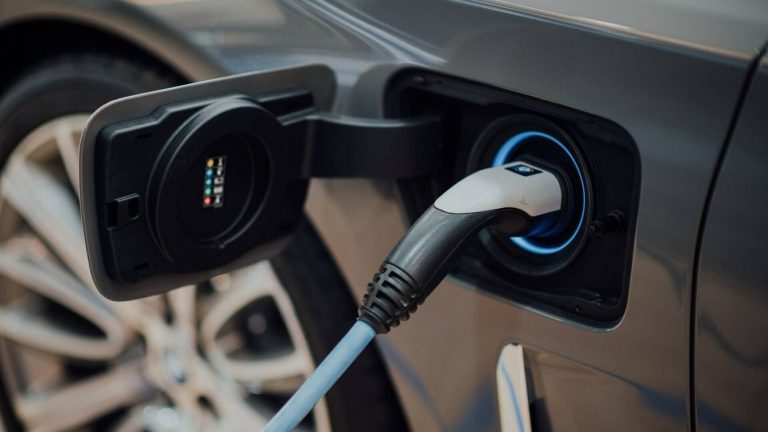When we talk about how electric vehicles (EVs) are changing the automotive marketing strategy, we need to understand that the shift toward electric mobility is not only transforming transportation as we know it — it’s also triggering a deep evolution in how car brands market and connect with customers.
In this new landscape, brands no longer compete solely on performance or design, but on values, user experience, and sustainability.
From Product to Experience
Discussing how EVs are reshaping marketing strategies means recognizing that the relationship between customers and brands has evolved. The EV consumer isn’t just looking for a means of transportation—they’re looking for a more conscious, connected, and environmentally aligned mobility solution.
One of the clearest transformations is the shift from product-focused marketing to experience-focused marketing. Elements like battery range, charging networks, smart features, and over-the-air updates now take center stage in brand messaging. This requires a more technical, educational approach to marketing—one that helps consumers understand and navigate new technologies.
Today’s customers are more informed and know exactly what they want.
The Digital Channel as a Strategic Core
Naturally, the digitization of the buying process has accelerated significantly in recent years—especially in the EV space.
Online configurators, range simulators, educational videos, and virtual tours are no longer optional—they’re essential tools. In many cases, customers complete most of their research online before ever setting foot in a dealership. This means brands must strengthen their presence across search engines, social media, and content platforms.
New Customer Profiles, New Messaging
Electric vehicles appeal to a broader and more demanding audience—from environmentally conscious drivers to tech-savvy users who value innovation. Personally, I love these kinds of futuristic alternatives.
Marketing strategies must adapt to these varied interests, with campaigns that speak to both logic and emotion. Brand storytelling, corporate values, and transparency now play a leading role in how EVs are reshaping automotive marketing.
The Rise of Localized Marketing
Access to charging stations, public incentives, and urban mobility restrictions vary from region to region. As a result, marketing strategies must adapt to local contexts. This means using geo-targeted campaigns, city- or region-specific segmentation, and personalized communication that aligns with local regulations and market conditions.
Connected After-Sales and Ongoing Relationships
After-sales—often overlooked by many automotive brands—is now more critical than ever. The EV marketing journey doesn’t end at the point of sale.
Brands must foster ongoing relationships through mobile apps, connected services, and digital customer support. Loyalty now depends not only on service centers, but on the digital experience delivered throughout the vehicle’s lifecycle.
Electric Vehicles Have Changed the Rules
It’s no longer just about selling cars—it’s about connecting with a new kind of consumer: more informed, more demanding, and more digital. The brands that adapt their marketing strategies to this new reality will be the ones leading the next generation of automotive marketing.
